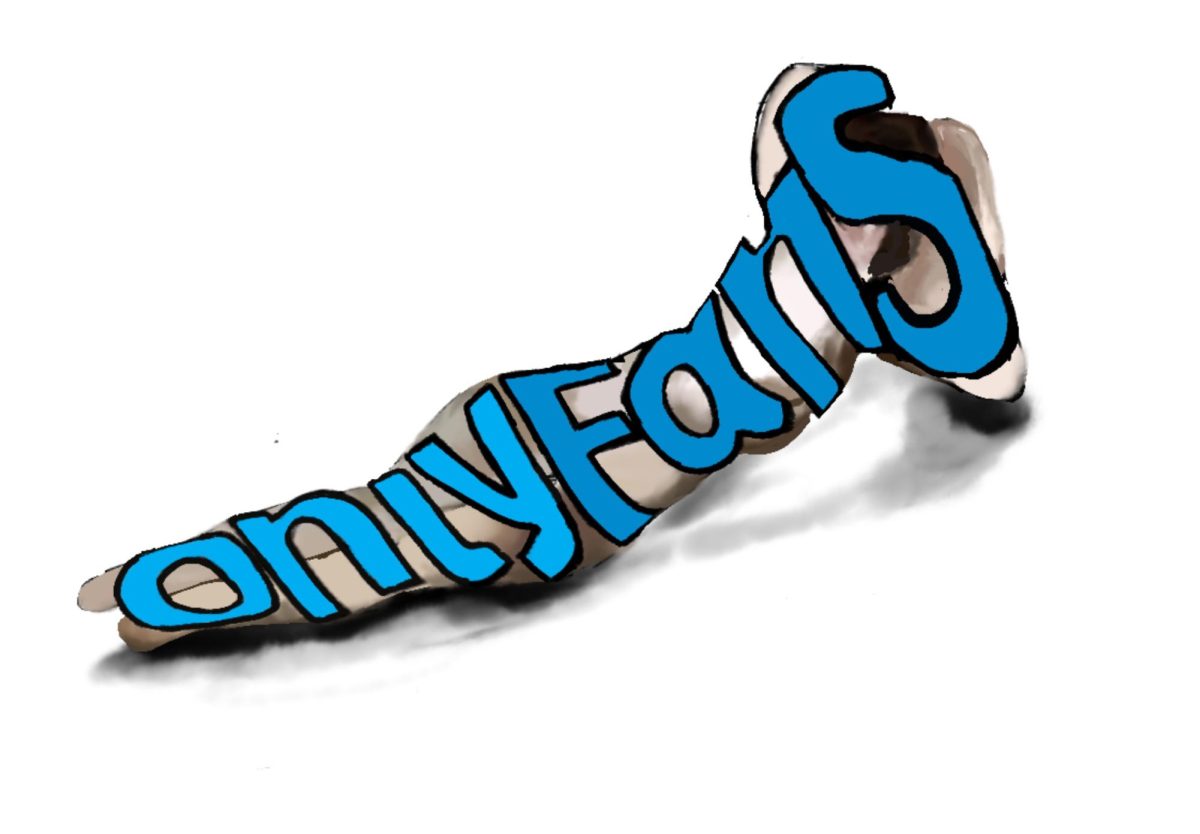The meeting between US President Donald Trump and Volodymyr Zelensky, President of Ukraine, started out focused on an important agreement about rare earth minerals, but it quickly took an unexpected turn. At first, everything seemed to be going fine, with both leaders about to sign a deal. However, things started to go downhill when Trump made a comment about Zelensky’s appearance, saying, “Oh, you’re all dressed up.”
Zelensky’s outfit was a wartime dressing used by many countries, usually, during wartime many countries leaders will wear camo or casual wear as a way of connecting with the people they also do this when they meet for diplomatic purposes during wartime. Wearing wartime clothing apparently upset President Donald Trump enough to call it out, this made the meeting a little more tense.
A rare earth mineral agreement was the main topic of the meeting, but as soon as the Russia-Ukraine war came up, the conversation shifted. Vice President JD Vance spoke about the war, and that’s when things began to truly devolve. Trump questioned Zelensky’s handling of the situation and dismissed his approach. Instead of discussing diplomacy in a constructive way, Trump became more focused on criticizing Zelensky, not letting him speak or explain his position.
“What kind of Diplomacy?” is a comment from Vice President JD Vance on the way Zelensky is handling the war and after Zelensky questioned what Vance ment, Vance responded with “I’m talking about the kind of diplomacy that’s going to end the destruction of your country” the meeting just got more tense from there
Trump kept interrupting Zelensky, asking “What kind of diplomacy?” each time Zelesnky tried to respond. This behavior showed that Trump was not interested in having a real conversation or understanding Zelensky’s side of the story. It quickly became clear that the meeting wasn’t about solving anything or working together but rather about Trump making his own statements.
The situation grew even more bizarre when Trump decided to remove the media from the room. “I think it’s disrespectful for you to come into the Oval Office to try and litigate this in front of the American media,” he said. This move shocked many people, as it was an attempt to control the flow of information and prevent the public from hearing the exchange. As reporters left, Trump even said, “This would be great for television,” suggesting that the whole situation was about image and media attention, not diplomacy.
In a stunning move, on February 24th, a few days before this interview, Trump also banned the Associated Press (AP) from the Oval Office indefinitely. The AP is a well-known and respected centrist news organization, and this action raised concerns about press freedom. It showed how Trump was willing to silence media that didn’t align with him, undermining the principle of a free press, which is protected under the First Amendment of the United States Constitution.
Many Americans were shocked by Trump’s behavior during the meeting. Zelensky, who had come to the U.S. to strengthen ties and get more support for Ukraine in its fight against Russia, left the Oval Office feeling disrespected. For many, Trump’s actions were disappointing and reflected poorly on the U.S.’s international relationships. Even some Trump-supporting republicans spoke out against Trump’s actions in the meeting, for instance Christopher Carey condemned both Trump and Zelensky saying that they were both arrogant and that Zelensky doesn’t know how to deal with Trump.
Trump’s decision to remove reporters from the room and ban the AP was seen as an attack on free speech. His actions suggested a desire to control the narrative and limit information from getting out to the public. It raised concerns about how the media and free speech would be treated under his leadership. On February 1st, 2025, many concerns arose after Trump removed The New York Times, NBC, Breitbart News, and Buzzfeed from entering the Pentagon and replacing them with conservative news stations instead.
While tensions were rising in the U.S., European leaders such as French President Emmanuel Macron, European Commission President Urula von der Leyen, and others met on March 2nd to continue their support for Ukraine. Their ongoing commitment to helping Ukraine stands in sharp contrast to Trump’s actions and approach.
Conclusion: A missed Opportunity
In the end, the meeting between Trump and Zelensky was a disaster. Instead of strengthening ties and discussing solutions, it ended in insults and failure to communicate. The outburst didn’t do anything to help the Ukraine-Russia situation or improve the relationship between the U.S. and the divide between the two countries. Trump’s actions have made it clear that his approach to diplomacy is about control and image, not real progress.





